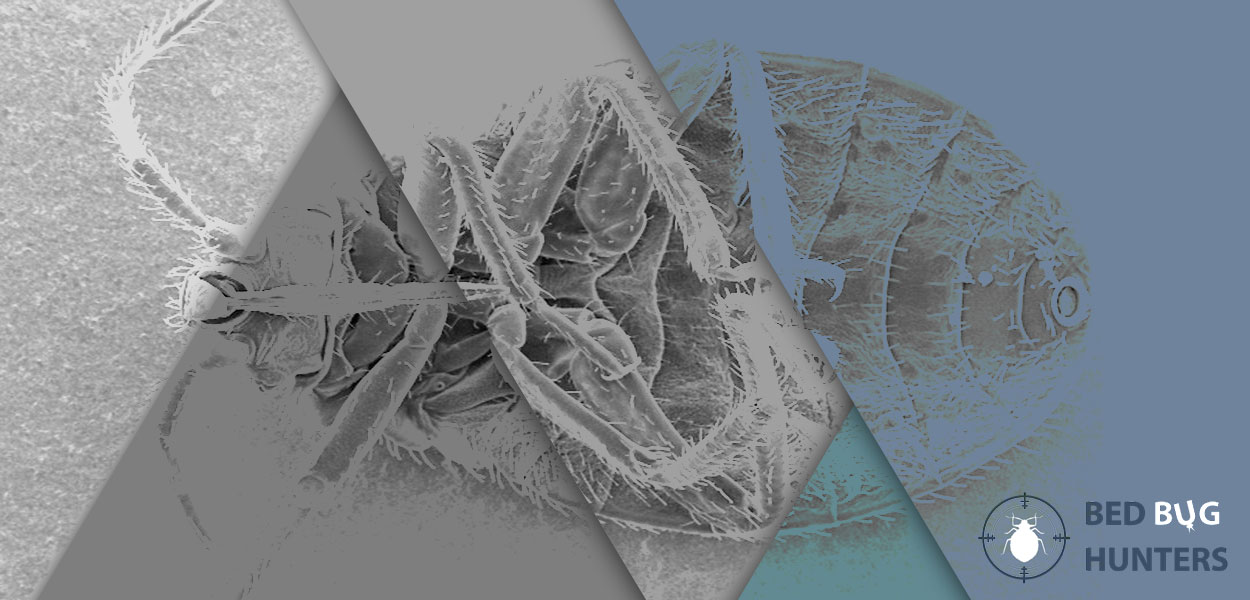
Successful bed bug control involves a lot of knowledge about the insect’s behaviour, following all the best practices, as well as other key factors associated with an infestation. We eradicate bed bugs on a daily basis for many years now, having gathered profound knowledge in the different patterns of their activity. From experience we know that there are too many case scenarios when it comes to an infestation, although there are some patterns about bed bugs’ behaviour that do not change. Using these patterns and our experience with this pest, we will try to answer some of the most common questions. If you are reading online and still cannot find the information you need, we are more than glad to be able to answer pretty much any question over the phone or through the contact forms. Here are some of the most interesting and frequently asked questions, answered by our most experienced and knowledgeable bed bug technicians.
-
Can bed bugs hide inside my mattress? ⇒ They cannot hide inside the mattress, unless it has holes or it is torn.
-
Can bed bugs be anywhere in the property? ⇒ They could potentially crawl everywhere, but they do not randomly hide. Bed bugs prefer to settle as close as possible to the sleeping and sitting areas.
-
Shall I worry about cracks in the floor? ⇒ Yes, all gaps between floorboards, allowing bed bugs to go underneath the floor, or cracks along the skirting should be sealed, ideally.
-
Would the treatment do any damage in the property? ⇒ We thoroughly risk assess the property and choose specific concentration of products or application of methods that do not damage plants, electronics, wooden furniture, floor and others.
-
Do bed bugs like wood? ⇒ Yes, they like wooden cracks and crevices, paper and cardboard boxes, as well as other natural insulation materials.
-
Can bed bugs be still in my clothes or luggage after travelling? ⇒ Most likely not. Even though we often introduce bed bugs this way, in nearly all of those cases they crawl out of the luggage or the piece of clothing.
-
Could the bed bugs be nesting in my clothes? ⇒ Most likely not. They do not tend to nest in our clothes and they cannot go through the fabrics of clothes or bedding, for example.
-
Why are the bed bugs biting my partner and I haven’t got any bites? ⇒ Most probably both have been bitten, but one may not react to the bites. About 20% of all people do not react to bed bug bites.
-
How do we know when the bed bugs are completely gone? ⇒ In case that you react to the bites, 3 weeks with no bites after the initial 2 weeks period waiting time after the treatment is a very good indication that the bed bugs are completely exterminated.
-
How do we know that the bed bugs are gone if we do not react to the bites? ⇒ Best solution is constant monitoring and bed bug interceptors/traps under the bed’s legs, or sticky tape all along the base of the bed if it does not have legs, as well as a professional inspection 5-6 weeks after the treatment.
-
Can you treat my clothes and bedding? ⇒ We are not allowed to treat clothes and bedding by the pest laws in UK. With most products we can treat all furniture, floors, skirting and walls, mattresses. We cannot treat personal belongings and electronics, as well we clothes and bedding.
-
Can I stay in the property while you are treating? ⇒ By the pest legislation in the UK, nobody should stay in the property during a chemical treatment and another 2-4 hours afterwards. In some cases, you may be able to wait in the garden, or some areas of the property that are not affected and being treated, respectively.
-
I see some signs of the product used or some areas are still wet, shall I worry? ⇒ Just open the windows to get fresh air, or warm up the room to dry quicker. Generally, all insecticides are safe when they settle down, but the residue should dry up to be completely safe. Direct contact with the skin and the eyes should be avoided.
-
How long does it take and why treatment time varies? ⇒ Every case is individual and this requires more targeted approach, considering the nature of bed bugs. The treatment time mostly depends on the level of infestation, the methods that we apply and the size of the property.
-
Can I use plastic bags and boxes to place my belongings before the treatment? ⇒ Yes, just make sure that you check for the presence of bed bugs or hot wash before storing anything away. The bags should be knotted or sealed and the boxes properly closed with lids.
-
Shall I worry about my clothes in the wardrobe? ⇒ Typically, bed bugs do not nest in wardrobes and they cannot access hanging clothes on rails. They crawl up the top shelves or compartments of a piece of furniture very rarely. They stay as low as possible to the floor level, unless they are disturbed.
-
Shall I clean before or after the treatment? ⇒ Cleaning beforehand is necessary, just make sure that you seal and bin the vacuum bag/contents. You should not vacuum clean carpets or wet mop hard floors for 2-3 weeks after a spray treatment.
-
How can I clean my property after the treatment? ⇒ You can use a dry brush or broom for hard surfaces, spot clean for carpets without vacuum cleaning. We need to keep the residue of the product as much as possible to have better chances to completely poison the bed bugs and exterminate them.
-
What can I do with clothes that cannot be washed on 60 Celsius? ⇒ Delicate clothes and fabrics susceptible to hot wash could be visually inspected and shaken through the window or outside the property. Bed bugs cannot go through the fabrics of clothes and they do not prefer to hide in clothes.
-
What to do with all my papers, pictures, personal belongings that are under the bed or close to the floor? ⇒ Those should be manually and visually inspected, shaken thoroughly, frozen for 48 hours, if possible. After making sure that everything is checked, you may bag them up safely or seal them in plastic containers/boxes.

